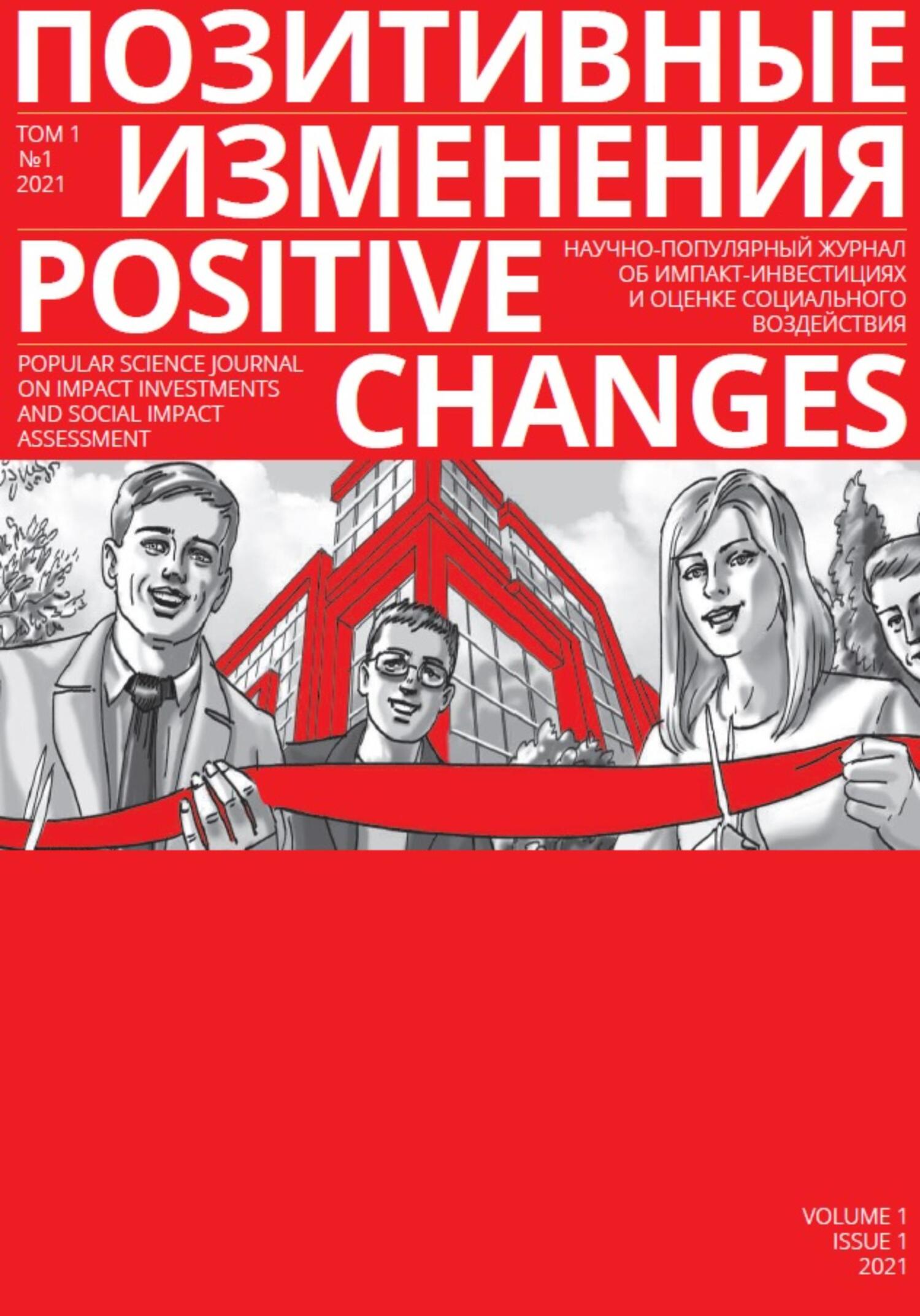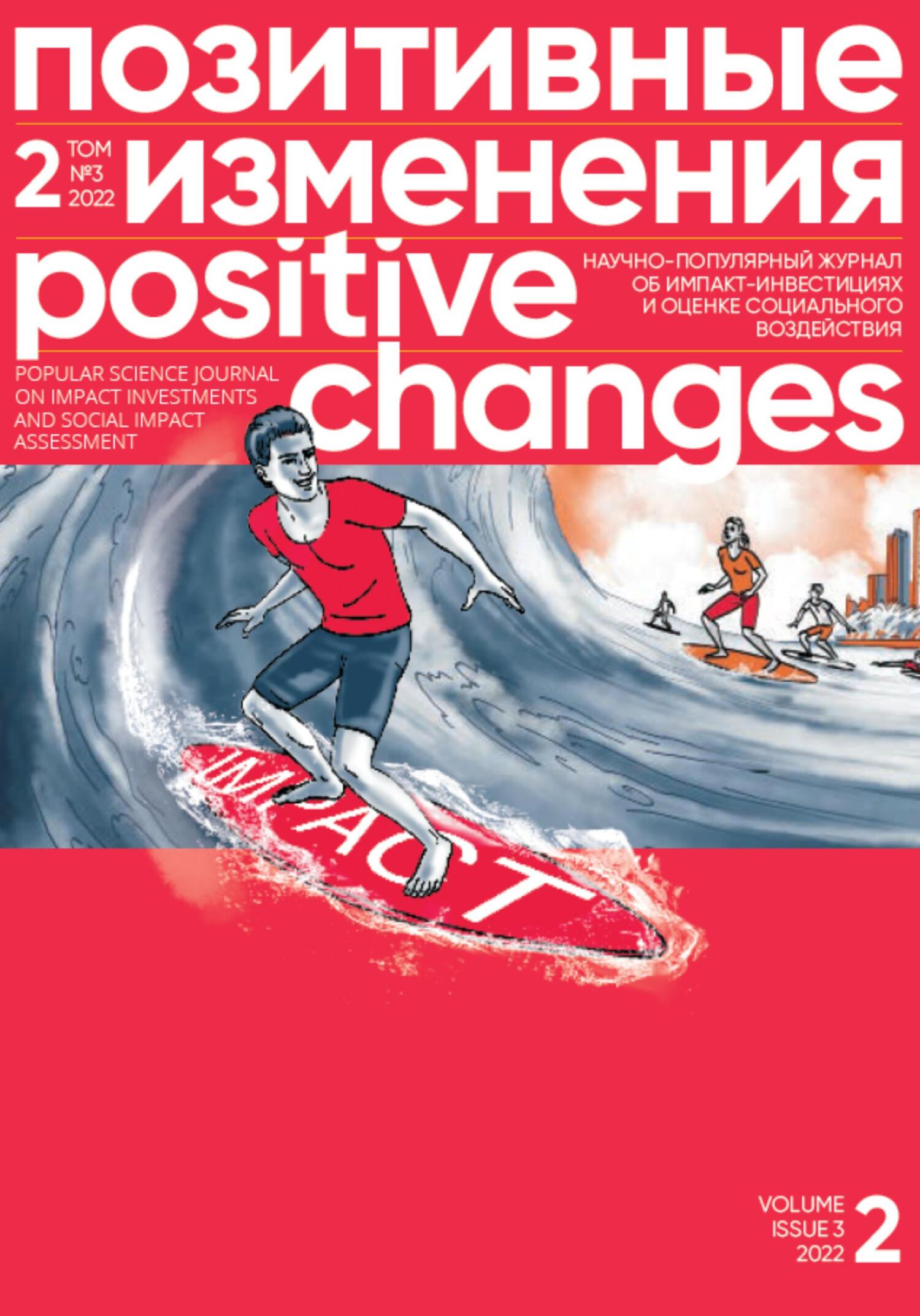basic resources provided, is able to improve the standard of living on its own, to effectively carry out the modernization of its territories, it receives even greater support from the state. Accordingly, territories were divided into three classes: underdeveloped, developing, and developed.
However, it is precisely the financial support that is the least important element of Saemaul Undong, which would clearly be insufficient to get the results achieved. In 1972, the Saemaul Undong Training Center was established.
The legacy of the Saemaul movement goes far beyond the usual historical phenomenon and inspires people in rural areas around the world.
In the movement, an orientation towards “modernization of consciousness” through professional training appears, which was able to reform the attitude of the population from passive submission to self-confidence. In fact, the purpose of such training programs was, on the one hand, to educate, and on the other hand, to inspire change in rural areas. “Stereotypical thinking towards selfishness and carelessness has been reformed into altruism, responsibility, and public morality under the rule of law” (Ibid., p. 27). Samael Undong focused the attention of villagers on achieving a “better life” through the realization of their own potential. The program has made people more confident in using resources to maximize productivity, and the “can-do” aspect has shown that residents can guarantee their own existence in better conditions.
HARD WORK, SELF-HELP AND COOPERATION
The following were invited to participated in the activities of the Saemaul Undong Training Center: members of state authorities as mentors, people who shared their experiences, intellectuals, and qualified professionals who taught specific practical skills. The opportunity to join the Saemaul Undong Center was given to movement leaders chosen by the village through voting. There were two such representatives from each rural territory: a man and a woman who were to lead the villagers and instill the “Saemaul spirit,” which was based, as noted earlier, on three components: hard work, self-help, and cooperation. In addition, the leaders of the New Village Movement were the liaisons for the more serious, bureaucratic issues with the administration and organized various meetings within the village to address pressing issues: resource allocation, ways to maximize profits, and infrastructure improvements.
What is the bottom line? The key achievements of Saemaul Undong are the rapid reduction in rural poverty through an 8.7-fold increase in village income between 1970 and 1979. A striking indicator of modernization was the government's report that agrarian earnings were markedly higher than urban earnings in 1974 (Ibid.). At that time, the urban population accounted for 52 percent of the total population living in South Korea, whereas by the end of the program that number had risen to 70 percent with the ability to produce more than 80 percent of the gross national product (GNP).
One of the significant changes achieved by the villagers thanks to Saemaul Undong can be seen in Koreans' more progressive attitude towards life.
Empirical research of the results of the initiative shows the impact of Saemaul Undong on the worldview of villagers. In 1970, 52 % of the surveyed population had a positive attitude towards self-help and self-sufficiency in principle; subsequently, this figure reached 82 % in 1975. The degree of willingness to cooperate, measured in the same study, increased over five years from 47.4 % to 76.2 %. In contrast, the propensity to refuse self-help and cooperation decreased from 8.2 % in 1970 to 2.3 % in 1975 (according to Korean Saemaul Undong Center, 2018).
One of the significant changes achieved by the villagers thanks to Saemaul Undong can be seen in Koreans' more progressive attitude towards life. As early as at the inception of the program, in 1970, 48.9 % of those surveyed responded that the people around them, like themselves, were willing to accept the new way of thinking, new technologies and methods, and by 1975 the figure was 80.5 % (Ibid.).
CATALYSTS
Every action must be motivated by something, there must be something that would lead a person forward: to the goal, to success. What was such a catalyst for South Korean villagers? What inspired them to change their way of life?
Of course, the rivalry policy mentioned earlier played a big role. Broadcasting the successful experience of Saemaul Undong during the training programs, which raised and developed the “spirit of Saemaul,” instilled faith in the best. In addition, the actions of local governments and their relations with the village have been modernized, bringing the phenomenon of a more flexible and adaptive state policy towards the inhabitants of agrarian areas. Village meetings and the opportunity for proactive budgeting not only gave residents the opportunity to manage resources on their own and learn to solve the most important issues themselves, but also clearly demonstrated the need for these elements to achieve success.
WHAT DOES SAEMAUL UNDONG REPRESENT IN TODAY'S WORLD?
On the one hand, it is now a large nationwide movement that unites thousands of residents of the country who are ready to come to the aid where it is needed — during emergencies in the country and the world.
On the other hand, the International Saemaul Undong Center is an organization that implements rural development programs in developing countries. The Center is a networking platform that facilitates the exchange of experiences, successful cases, and fosters collaboration among project participants from different countries who want to learn from Samael Undong's experience (Douglass, 2014). In 2016, the Saemaul Undong Global League was established to consolidate sustainable development, which includes 46 other countries under the auspices of the Republic of Korea [87].
As of 2022, the program is being conducted in 10 countries in 42 villages [88]. In each country, it is carried out in several stages: first, the intended objects of implementation are selected on a competitive basis — the territories that show the greatest interest and demonstrate their potential and desire for change. After selection, representatives from each rural area are taken to Korea, where a leadership training program is held with an inspiring story of the





